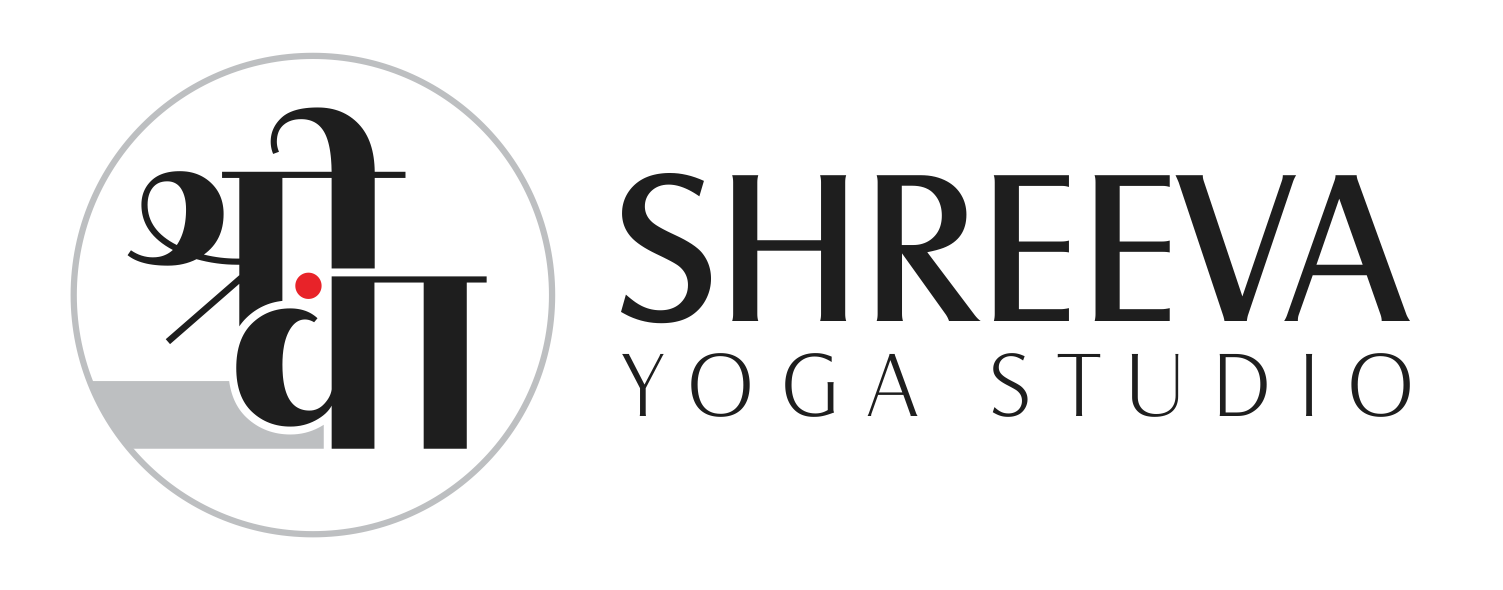Moon Salutation is less commonly known and practiced compared to the Sun Salutation, it is a beautiful sequence of yoga poses that can be performed to honor the soothing and calming energy of the moon. The Moon Salutation, or Chandra Namaskar, consists of a series of poses that promote relaxation, balance, and introspection. Here’s a breakdown of the steps and their effectiveness and benefits:
Steps for Chandra Namaskar – Moon Salutation
- Mountain Pose (Tadasana): Similar to the Sun Salutation, the Moon Salutation starts with Tadasana to center and ground yourself.
- Moon Salutation Prayer Pose (Chandra Namaskar Pranam): This pose involves bringing your hands to heart center in a prayer position, setting an intention for your practice and connecting with the lunar energy.
- Moon Salutation Side Bend (Chandra Namaskar Parsva): This pose involves gently stretching and lengthening the side body, promoting flexibility and releasing tension in the ribs and waist.
- Low Lunge (Anjaneyasana): The low lunge pose stretches the hip flexors, opens the chest, and increases flexibility in the legs.
- Half Moon Pose (Ardha Chandrasana): Ardha Chandrasana improves balance, strengthens the legs, stretches the side body, and cultivates focus and concentration.
- Wide-Legged Forward Fold (Prasarita Padottanasana): This pose stretches the hamstrings, calves, and lower back while promoting a sense of surrender and introspection.
- Goddess Pose (Utkata Konasana): Utkata Konasana strengthens the legs, opens the hips and chest, and enhances overall stability and groundedness.
- Moon Salutation Side Bend (Chandra Namaskar Parsva): Repeat the side bend on the opposite side to balance the sequence.
- Low Lunge (Anjaneyasana): Repeat the low lunge pose on the opposite side for symmetry.
- Half Moon Pose (Ardha Chandrasana): Repeat Ardha Chandrasana on the opposite side for balance and equilibrium.
- Wide-Legged Forward Fold (Prasarita Padottanasana): Repeat the forward fold to further release tension and invite introspection.
- Moon Salutation Prayer Pose (Chandra Namaskar Pranam): End the sequence by bringing your hands to heart center in a prayer position, expressing gratitude and embracing the calming energy of the moon.
Benefits of Chandra Namaskar – Moon Salutation
The Moon Salutation sequence is known for its cooling and calming effects on the body and mind. Some of the benefits and effectiveness of practicing the Moon Salutation include:
- Relaxation and Stress Relief: The Moon Salutation promotes a sense of calmness, relaxation, and introspection, making it an excellent practice for stress relief and anxiety reduction.
- Cooling and Balancing Energy: The sequence is believed to balance the heating and activating energy of the sun (as in the Sun Salutation) with the soothing and cooling energy of the moon, bringing a sense of harmony and balance.
- Flexibility and Balance: Similar to the Sun Salutation, the Moon Salutation helps improve flexibility, particularly in the hips, hamstrings, and side body. It also enhances balance and stability through poses like Ardha Chandrasana.
- Introspection and Mindfulness: The Moon Salutation encourages a reflective and introspective mindset, inviting practitioners to turn inward, cultivate mindfulness, and connect with their emotions and inner wisdom.
- Body Awareness and Connection: The slow, deliberate movements of the Moon Salutation help develop body awareness and deepen the mind-body connection.
- Gentle Exercise: The Moon Salutation can be a gentle and nurturing practice suitable for all levels, including beginners or those with limited mobility. It can be particularly beneficial for those
